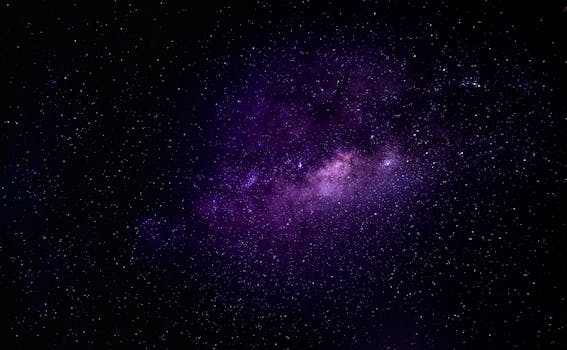
“
Beyond the Milky Way: Imagining New Worlds and Possibilities Beyond the Milky Way: Imagining New Worlds and Possibilities
The Beyond the Milky Way: Imagining New Worlds and Possibilities has always been a source of fascination for humans. With its hundreds of billions of stars and various types of celestial objects, our galaxy is a complex and wondrous place. However, it is not the only galaxy in the universe, and there are many other galaxies beyond the Milky Way that are waiting to be explored. For a deeper dive into the cosmos, check out Soaring Through the Cosmos: The Power of Imagination Beyond the Stars.
Introduction to the Universe
The universe is vast and contains billions of galaxies, each with its own unique characteristics. The Milky Way is just one of these galaxies, and it is located in the Local Group of galaxies, which also includes the Andromeda Galaxy and several smaller galaxies. The universe is thought to have formed around 13.8 billion years ago, and it has been expanding ever since. To explore more about the creativity that arises from this vastness, see Cosmic Creativity: How Imagination Soars Beyond the Constellations.
Exploring New Worlds
With the advancement of technology, humans have been able to explore the universe in greater detail. Spacecraft such as the Hubble Space Telescope and the Kepler Space Telescope have allowed us to study the universe in greater detail, and have even discovered thousands of exoplanets, which are planets that orbit stars other than the Sun. Some of these exoplanets are thought to be similar to Earth, and could potentially support life. This exploration echoes themes found in Galaxies of Dreams: How Imagination Transcends the Night Sky.
The Search for Life
The search for life beyond the Milky Way is an ongoing area of research. Scientists are using a variety of methods to search for signs of life, including the detection of biosignatures, which are signs of biological activity in the atmospheres of exoplanets. They are also studying the properties of exoplanets, such as their size, temperature, and composition, to determine whether they could support life.
Takeaways
- The universe is vast and contains billions of galaxies, each with its own unique characteristics.
- Spacecraft such as the Hubble Space Telescope and the Kepler Space Telescope have allowed us to study the universe in greater detail.
- Thousands of exoplanets have been discovered, some of which are thought to be similar to Earth and could potentially support life.
- The search for life beyond the Milky Way is an ongoing area of research, with scientists using a variety of methods to search for signs of life.
Conclusion
In conclusion, the universe is a vast and wondrous place, full of mysteries and possibilities. The exploration of new worlds beyond the Milky Way is an exciting and ongoing area of research, with the potential to discover new life and new civilizations. As we continue to explore the universe, we may uncover even more secrets and wonders, and our understanding of the cosmos will continue to grow.




